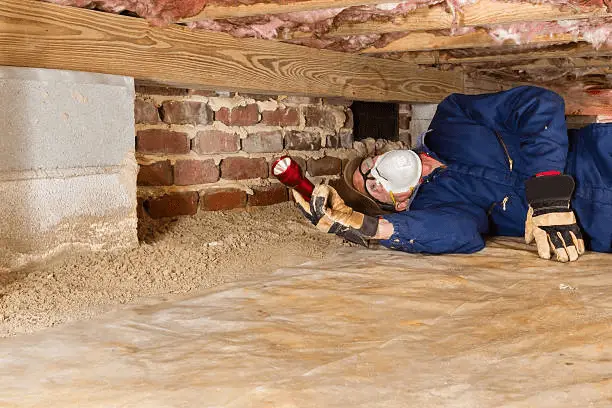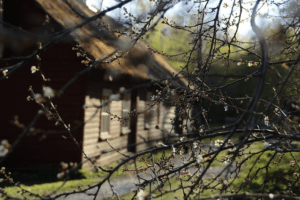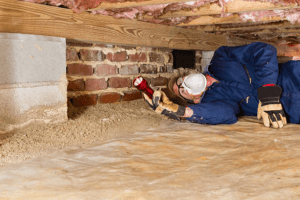With your crawl spaces, a variety of problems might occur. Some of these will be considerably simpler to handle than others. Based on what you want to fix and the methods of repair, we have outlined the various ranges of crawl space foundation repair costs.
Table of Contents
- 1 What Is A Crawl Space Foundation?
- 2 Crawl Space Cleaning
- 3 How Much Does It Cost to Clean or Repair A Crawl Space?
- 3.1 Water Damage in Crawl Space Costs
- 3.2 Replacement of the Support Beam
- 3.3 Fixing Wood Rot in Crawl Space Costs
- 3.4 Price of Removing Mold during Crawl Space Repairs
- 3.5 Crawl Space Foundation Settling Repair Costs
- 3.6 Cost to Remove Insulation from Crawlspace
- 3.7 Rodents in the Crawl Space
- 3.8 Replacement Cost for Ductwork
- 3.9 Changing Vents
- 3.10 Replacement Vapor Barrier cost
- 4 Crawl Space Encapsulation
- 5 Indications Your Crawl Space Needs Repair
- 6 Is it Possible to Convert a Crawl Space to a Full Basement?
- 7 Can You Turn a Crawl Space into a Slab?
- 8 How do You Reinforce a Crawl Space Foundation?
- 9 How Hard is it to Dig Out a Crawl Space Into a Basement?
What Is A Crawl Space Foundation?
A typical alternative for construction on stable soils is a crawlspace foundation. It is made up of footings and walls, usually made of poured concrete, that raise the house off the ground and make a “crawlspace” between the ground and the first story.
The crawlspace is a highly important part of the house that affects the living space above, even though people normally don’t spend any time beneath. If it isn’t properly insulated and sealed, it can result in considerable energy loss and moisture issues.
Crawl Space Cleaning
This entails hiring a professional to remove any trash, mold, and vermin with a specialized vacuum cleaner. It also involves checking for leaks, removing vapor barriers, encapsulating the crawl space to reduce humidity, and more.
Crawl Space Cleaning Costs Prior to Repair
A thorough check must always come first during cleanup before starting any significant repairs. Hire a cleaning professional that is qualified, or utilize a safety kit if you’re going to do it yourself. A professional will be better equipped and knowledgeable to handle potentially hazardous materials or situations, such as infestations.
How Much Does It Cost to Clean or Repair A Crawl Space?
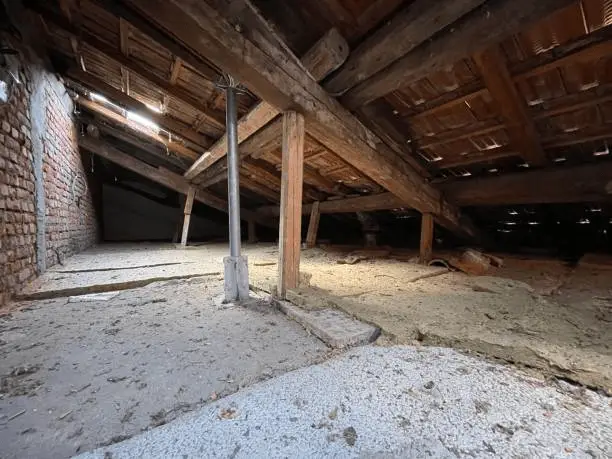
Crawl space maintenance often costs between $500 and $4500, while repairs typically range from $1500 to $25,000 with the typical homeowner spending about $4000. The secret to better floors, cleaner indoor air, and greater energy savings is to have your crawl areas cleaned.
The cost of cleaning ranges from $600 to $1500 and depends on the task’s difficulty. You should thoroughly inspect your crawl space to check for contaminants including dirt, dampness, and mold.
Water Damage in Crawl Space Costs
When there has been heavy rainfall, the cost of repairs for water damage restoration ranges from $1200 to $5400. By encasing or shielding the water, you can prevent contamination, but this will cost you an estimated additional $15,000 in costs. Get in touch with the neighborhood water repair firm immediately if floods have damaged your home or place of business.
The cleaners of crawl spaces could often handle less complicated damage. The cost to replace individual wood beams or walls ranges from $2,000 to $4,000 while additional actions like mold remediation or insulation damage repair will go up.
Replacement of the Support Beam
The price of replacement support beams ranges from $1,500 to $5,000. Some reported sums exceeded $16,000. The cost varies according to how difficult it is to get there, the type of wood or steel you choose, and any structural problems you may have. You must deal with the underlying causes, which are typically a shaky foundation and water damage.
Fixing Wood Rot in Crawl Space Costs
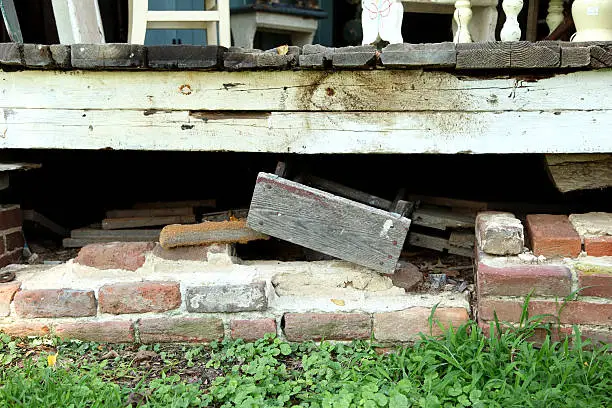
Upon contact with moisture and water, rot can develop in wood. Rotting is quite harmful if it is not controlled.
Repairing a modest, simple-to-access patch of dry rot in wood will cost between $100 and $300. Dry rot repair for siding normally costs around $1,000 but can cost as much as $2,500. The cost goes up for structurally important components, such as floor joists, which might cost between $4,000 and $12,000 to replace.
Price of Removing Mold during Crawl Space Repairs
To avoid asthma and allergy issues, keep your air dry and clean. The typical price of cleaning mold varies and can be anywhere from $1000 to $3500. Molds frequently result in moisture issues and occasionally water issues as well.
The issue can be avoided by using enclosed, sealed, or dehumidified vapors to remove moisture from the air.
Crawl Space Foundation Settling Repair Costs
When a house settles or starts to sink, foundation damage may result. If the soil the home is built on can no longer hold the weight of the structure, this can frequently happen. Poor drainage, which allows rain and moisture to seep into the soil at the base of your house, and potential plumbing leaks (which can also aggravate moisture issues), are other factors that can lead to foundation damage.
Depending on the problems you need to be corrected, foundation repairs typically cost between $2,000 and $7,000. Usually, mud jacking — which can cost between $500 and $1,500 — is needed to re-level a property. Repairing damaged beams or supports often costs between $1,000 and $3,000.
Cost to Remove Insulation from Crawlspace
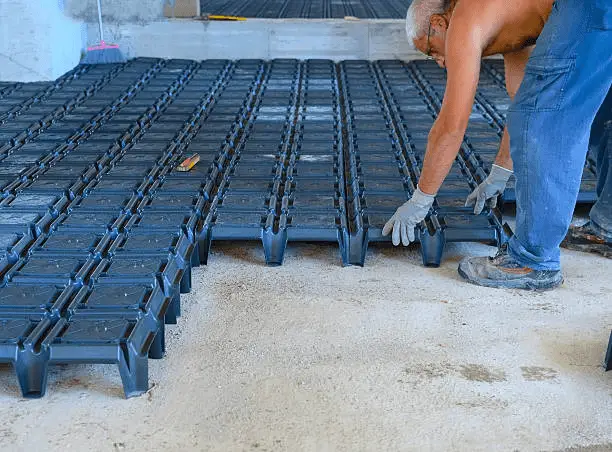
Sometimes the insulation in the crawl area needs to be repaired, or else your maintenance efforts would be futile. You will need to remove your old insulation and install new insulation in its place if it has become contaminated with mold. Insulation removal costs about $1.15 per square foot.
It will cost $500 to $4,000 to remove the insulation from the crawl space. Insulation that is damaged will make your home less comfortable and cost more to heat. The amount of insulation in fiberglass affects the price. It costs between $4,500 and $5,000 to install insulation made of batts and rolls. Costs for installing spray foam insulation range from $3,800 to $1,300.
Cost of Crawl Space Insulation Replacement
The costs for crawlspace insulation replacement range from $500 to $3,500. Two primary types of insulation exist: In general, board costs are lower, and the total cost will change based on the amount of insulation needed. Your home’s efficiency is increased by insulating the area to prevent moisture damage.
Rodents in the Crawl Space
Rodents and insects are drawn to hot, humid places. Rodent removal might cost anything from $160 to $550. However, according to homeowners, more serious infestations requiring pest control services might go all the way up to $3000.
Replacement Cost for Ductwork
Crawlspace vent repairs often cost between $500 and $1,000. The price varies according to the quantity of conduit required. The cost increases as more households require linear ducting. Homes benefit from better ventilation thanks to ducts, although storms or dust can harm them.
Changing Vents
The cost of replacement vents ranges from $175 to $225 per vent. This vent will let air flow through the space and lessen the likelihood of parasites, mold, and mildew. You might be able to lower the heat and cut back on your consumption.
Replacement Vapor Barrier cost
Vacuum barrier 1 replacement in crawl areas typically costs between $1500 and $4000. The vapor barrier is important for managing humidity in a building and contributes to humidity reduction. For houses with low temperatures, it is crucial.
Crawl Space Encapsulation
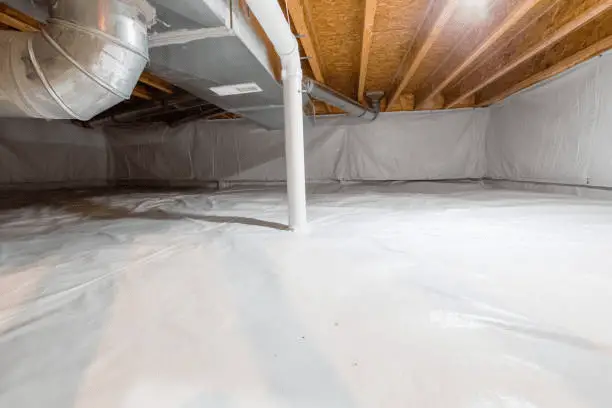
Encapsulating your crawl spaces involves adding a heavy-duty moisture barrier to the dirt floor, sealing the foundation vents, insulating the walls, and using a special crawl space dehumidifier (s).
The best results from crawl space encapsulation occur when the area is entirely sealed.
Crawl Space Encapsulation Cost
The average cost of encapsulating a crawl area is $7,500. The cost may occasionally surpass $20,000 depending on a number of factors, including:
Your crawl space’s size
The state of your crawl space
The materials you utilize
Your chosen contractor
Compare costs before choosing a provider to get the best crawl space encapsulation services.
How Much Does It Cost to Encapsulate a 2000-square-foot Crawl Space?
A small subterranean area of around 1,000 square feet costs between $5,500 and $7,500.
Between $10,000 and $15,000 might be spent on a medium-sized crawl space that is 2,000 square feet.
Indications Your Crawl Space Needs Repair
The following are a few signs that your crawl area needs to be fixed:
#1. High Degrees of Humidity Within Your Home
If the humidity levels in your home start getting really high, it might be necessary to check the moisture in your crawl space. Moisture problems could have a significant effect on your crawl space repair budget.
Condensation is a sign that moisture may affect your crawl space when you first notice it forming outside on rainy mornings.
You should also keep an eye out for additional indicators to see if the humidity level in your crawl space is high. Some of these indicators may include:
Musty smells Allergy symptoms
Growth of mold and mildew
Moist, damp air
Always consider fixing the underlying issue, which is generally moisture from the crawl area, when you notice any of these symptoms in your home.
#2. Stagnant Water
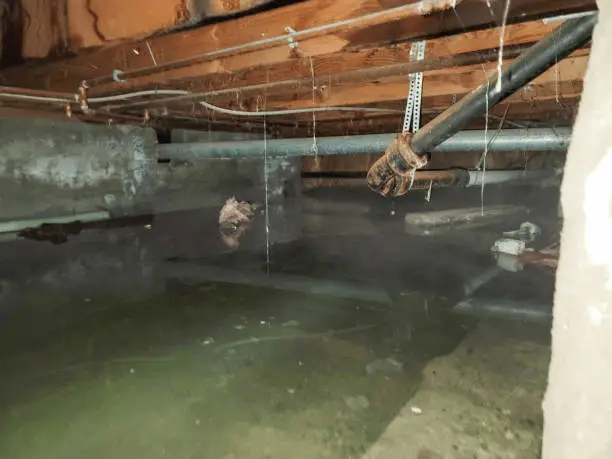
The main reasons for standing water in your crawl area may be poor drainage or leaking pipes. Therefore, it is not wise to overlook the pools of stagnant water in your crawl area.
Leaving such pools of water may result in the growth of mold or mildew, which over time may erode your foundation. To get rid of the water intrusion, you might as well think about putting in a drainage system with a sump pump.
#3. Fungus or Mildew
When there is excessive moisture or standing water in the crawl space, mold and mildew may start to build inside your home.
Mold starts to grow in the crawl space and eventually spreads inside the house. This is a warning that your crawl space needs to be examined as soon as possible.
Since you might not be familiar with the type of mold you are dealing with, treating molds on your own could be risky. To treat the molds, you should always hire a professional since they can reduce the risk of mold.
#4. Leveling and Sloping Floors
The fact that your floorboards are sagging or leaning indicates that the situation beneath the floor of your home is growing worse.
If you step on the cabinets sometimes, you might hear some rattling. In order to stabilize your home and correct any offset, you must seek professional assistance if you find yourself in this situation.
Is it Possible to Convert a Crawl Space to a Full Basement?
Crawlspaces can be transformed into complete basements, requiring careful site planning and good drainage.
However, because converting a crawlspace is a very complicated undertaking, contractors must take great care to layout the site and provide enough drainage.
Can You Turn a Crawl Space into a Slab?

Yes, it is possible to transform a crawl space into a slab on a grade foundation, but the process is not particularly inexpensive.
It would be crucial to jack up the structure, remove or fill in the existing foundation depending on the circumstances, then pour a slab on grade and set the house back down on it.
How do You Reinforce a Crawl Space Foundation?
As long as there is enough space to maneuver beneath the floor joists, it is frequently viable to reinforce the floor from below in crawl spaces. The only option to reach the floor system if the crawl space is too shallow to enter is to take out the subflooring.
While some treatments can be performed overhead, others necessitate crawl space access.
Weight-Distribution Blocking
By shifting weight to nearby joists, blocking can lessen bounce. Cutting boards of dimensional timber to fit crosswise between the joists is a pretty easy method. The “blocks” ought to match the joists in size. For instance, the blocks should be made from two-by-ten lumber if the floor has two-by-ten joists.
Install the blocks between each joist in a straight line from one end of the wall to the other for the greatest results. The blocks transfer the weight of someone walking on the floor above to several joists in addition to the one directly beneath their feet.
Double-Up Reinforcement
Because the joists are either too tiny or span too far, floors tend to bounce. In any case, you can double or triple each joist or a particular joist to strengthen it. This process, known as “sistering,” entails adding extra joists of the same dimension next to the current ones in order to strengthen them, according to This Old House.
The sister joists typically need to be notched in order to fit on the sill plate, which sits on top of the foundation. To improve the structural stability of the floor, the sister joists are attached to the original joists and the sill plate.
Support Beams for Crawl Spaces
The cores of the joists may have sagged if the condition has persisted over a long period of time. However, unless the sag is removed, you cannot sister them. The crawl space must be accessible in order to install a beam. Beams can be made of steel or wood.
An engineer should examine the floor system and make recommendations regarding the size and placement of the beams. Typically, to install a beam, concrete pads are first poured in the crawl space. Next, screw-type house jacks are then set on the pads, and the beam is raised perpendicular to the joists using the jacks.
Putting in New Subflooring
In certain cases, the issue is with the subfloor rather than the joists, particularly in older homes where thin planks were laid on the joists. The existing floor is made stiffer with an additional layer of subflooring sheet material. Overlaying a subfloor that is subpar can be done with either plywood or oriented strand board (OSB).
How Hard is it to Dig Out a Crawl Space Into a Basement?
Digging out your crawl space and turning it into a basement is generally not a good idea. The amount of storage or living space your home can accommodate won’t increase significantly during the lengthy, expensive, and time-consuming process of turning your crawl space into a basement.
